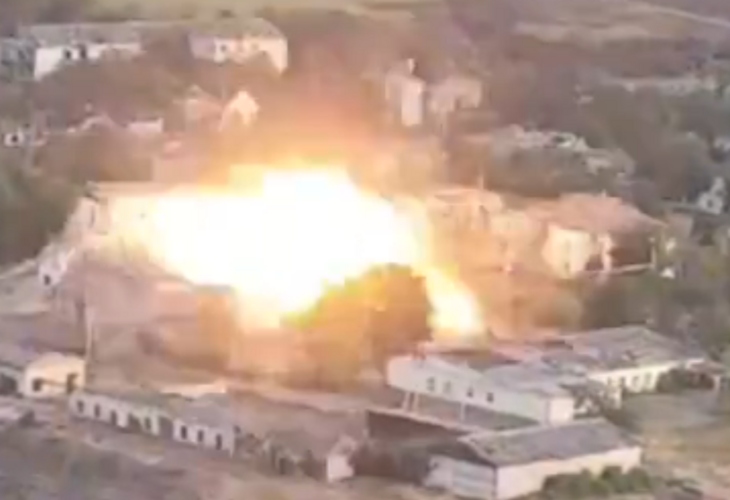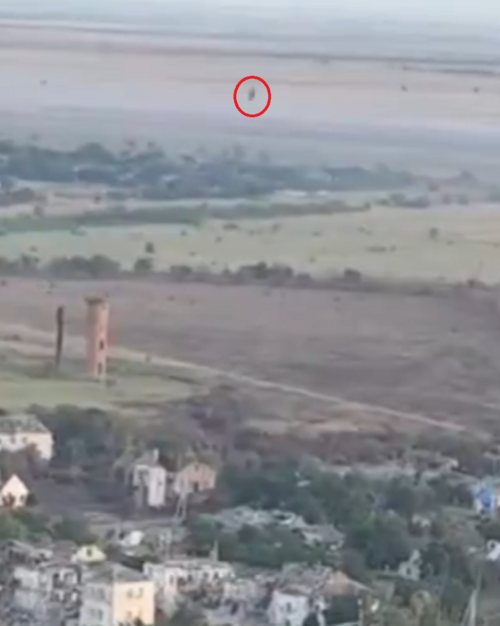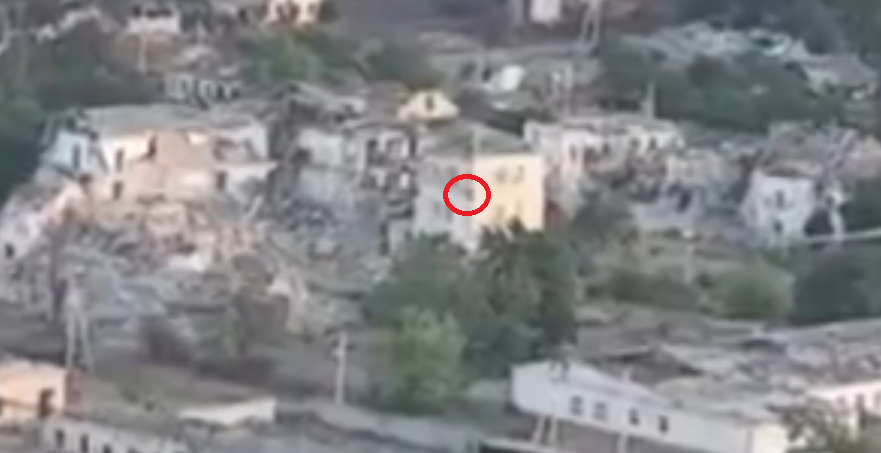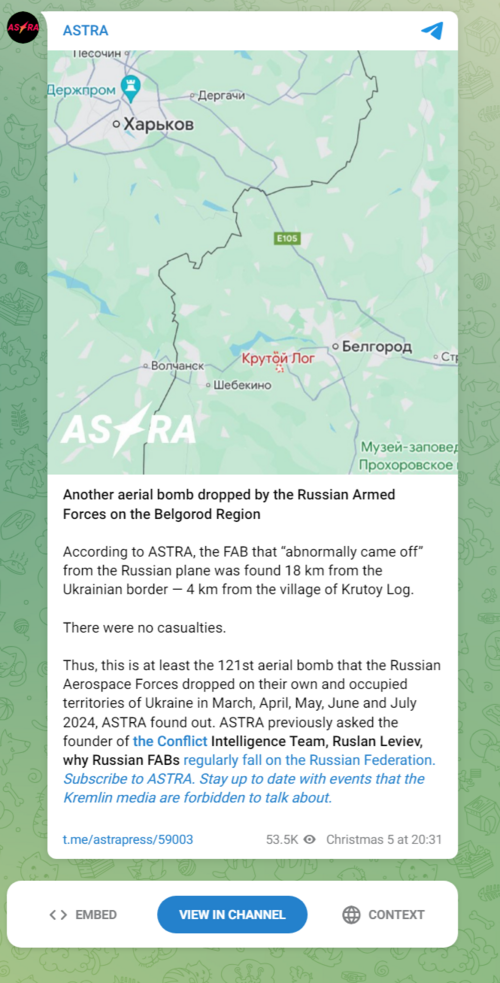You claimed that SPEAR can defeat same target set. Which would imply, that the SDB II carries a warhead that is not optimized for its targets and is rather paying a penalty. Or it implies that it lacks the accuracy thus has to compensate with a larger warhead. Either way, the burden to prove that is on you. Why is the USAF and USN making Raytheon use a larger warhead when they could have cleared not demanded that and RTX optimzied around a smaller warhead to save weight and get other benefits?
SDB II were developed after SDB I with the goal to give fighter aircraft capability to engage moving target at extended distance, under all weather condition while still able to fit 4 of them under BRU-61, and of course the weapon need multi mode seeker and datalink. That were the requirements, I'm not aware of any requirement for SDB II regarding warhead size. If you have any source specified that USN and USAF make requirement for Raytheon to use warhead of a certain weight class for SDB II then feel free to post it.
Besides, manufacturer doesn't aim to make the best weapon possible, they aim to match the requirement then make profit. May be Raytheon could have used a smaller warhead and put improvement on other place such as putting an engine on SDB II, but why should they? especially if the initial requirement didn't demand it?. Engine are expensive, so adding one either make your weapon more expensive and harder to sell or if you intended to sell at the same price then it reduce your profit margin. Or may be they could have used smaller warhead to simply make the weapon smaller. But again, there is no point if the original requirement didn't demand it. And a smaller warhead doing the same job might be more complex to design/manufacture and therefore more expensive. You are assuming that the way any weapon manufacturer design their weapon is the only way to match the MoD requirements, it is not, otherwise all weapons we have would look the same. Even with the same requirements, different manufacturer could come up with different design as there's more than one way to skin a cat.
You claimed SDB II and SPEAR have different target set and due to the different in warhead size, SPEAR won't be able to destroy the intended target of SDB II. But I have yet to see you provide the "target set list for SDB II" and "target set list for SPEAR" to make a comparison. Surely, if they are indeed have very different target set, then it wouldn't be hard to give the example.
Looks like you are simply assuming that someone would want range and is willing to trade away significant portions of its other requirements. That's literally cherry picking. I'm saying, that an extended range SDB II requirement might not do so as easily as you are implying. I understand the trade offs involved. But its not just as simple s shedding a requirement here and adding another there. At some point, if the need for something like that changes so significantly then a clean sheet design may well be the preferred path to take as opposed to trying to jam propulsion into the Stormbreaker.
From my point of view, you are cherry picking the warhead part. There are always trade off involved, for something like SDB II you either have smaller warhead or have bigger missile if you want to add the engine and fuel. Based on the intended purpose of weapons likeSDB II then sacrifice warhead weight is the most likely option compared to having bigger missile.
Sure, you could have come up with a clean sheet design, but even if we assuming that clean design can satisfy all requirement without any drawback, it would cost more to develop, take more time to do all testing from start, take more time for weapon integration, it may not even work. And even then buyer likely buying an upgrade of something that proven rather than a clean sheet one. So logically, Raytheon just more likely tried to make upgrade on their SDB II instead of coming up with new clean design.
Great. How far did that go? Nowhere.It is actually easier for RTX to design to different requirements, shed its WH and add propulsion to meet a foreign requirement. Its obviously much harder for them to respond to a US service need to extend the range of its Stormbreaker while retaining other desired attributes. And yes, I understand the trade offs. US might not want as dramatic a range increase because it prefers to retain the WH and guidance performance and other attributes. Or opposite, they may specify a very different target set, higher range, and a very different navigation and terminal targeting requirement. Even then, adapting the stormbreaker might not be the best approach to that need/.
Raytheon proposal for powered SDB II go no where because it lose to SPEAR, but that does show the two missile is similar enough that Raytheon would think it is a viable candidate. US have not put out any request for powered SDB II yet, so you can't know if in that hypothetical situation they will want to extend the range of SDB II while keeping everything else exactly the same. As of now, the closest link between SPEAR and a hypothetical powered SDB II would be the UK selective precision effects at range capability 3 program
Right. So I assume it still hasn't started developmental flight testing?
Test launch done in 2016
A UK Eurofighter Typhoon aircraft has successfully fired a SPEAR air-to-surface precision strike weapon for the first time in a flight trial conducted from BAE Systems’ site in Warton, Lancashire.
The MBDA SPEAR networked precision strike weapon was launched from Eurofighter Typhoon Production Aircraft BS116 earlier this year. The test flight was led by teams from MBDA and BAE Systems, with BAE Systems Chief Test Pilot Steve Formoso at the controls.
Following the launch, which took place at the UK Ministry of Defence’s Aberporth range, in Wales, the weapon transitioned to powered flight and completed a series of manoeuvres before reaching its pre-planned point of impact.












